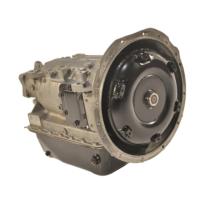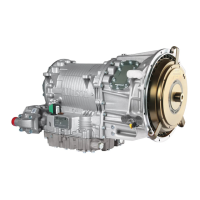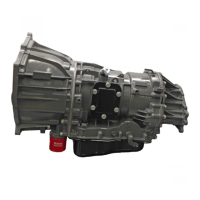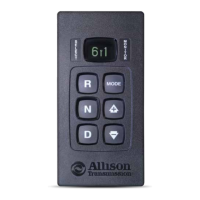Transmission operation at cold ambient temperatures may require preheating or
the use of a lower viscosity transmission fluid. Refer to RECOMMENDED
AUTOMATIC TRANSMISSION FLUID AND VISCOSITY GRADE in the Care
And Maintenance section.
DRIVING ON SNOW OR ICE
WARNING: Using the retarder on wet or slippery roads may cause loss
of traction on the drive wheels—your vehicle may slide out of control.
To help avoid injury or property damage, turn the retarder enable to
OFF when driving on wet or slippery roads.
NOTE: The retarder is automatically disabled whenever the vehicle
ABS is active. However, in case the anti-lock brake system (ABS)
malfunctions, it is recommended that the retarder enable switch, if
present, be disabled.
If possible, reduce vehicle speed and select a lower range before losing traction.
Select the range that will not exceed the speed expected to be maintained.
Accelerate or decelerate very gradually to prevent the loss of traction. It is very
important to decelerate gradually when a lower range is selected. It is important
that you reach the selected lower range before attempting to accelerate. This will
avoid an unexpected downshift during acceleration.
ROCKING OUT
WARNING: To help avoid injury or property damage caused by sudden
movement of the vehicle, do not make shifts from N (Neutral) to
D (Drive) or R (Reverse) when the throttle is open. The vehicle will
lurch forward or rearward and the transmission can be damaged. Avoid
this condition by making shifts from N (Neutral) to a forward range or
R (Reverse) only when the throttle is closed and the service brakes are
applied.
CAUTION: DO NOT make N (Neutral) to D (Drive) or directional
shift changes when the engine rpm is above idle. Also, if the wheels are
stuck and not turning, do not apply full power for more than 10 seconds
in either D (Drive) or R (Reverse). Full power for more than 10 seconds
under these conditions will cause the transmission to overheat. If the
transmission overheats, shift to N (Neutral) and operate the engine at
1200–1500 rpm until it cools (2–3 minutes).
42

